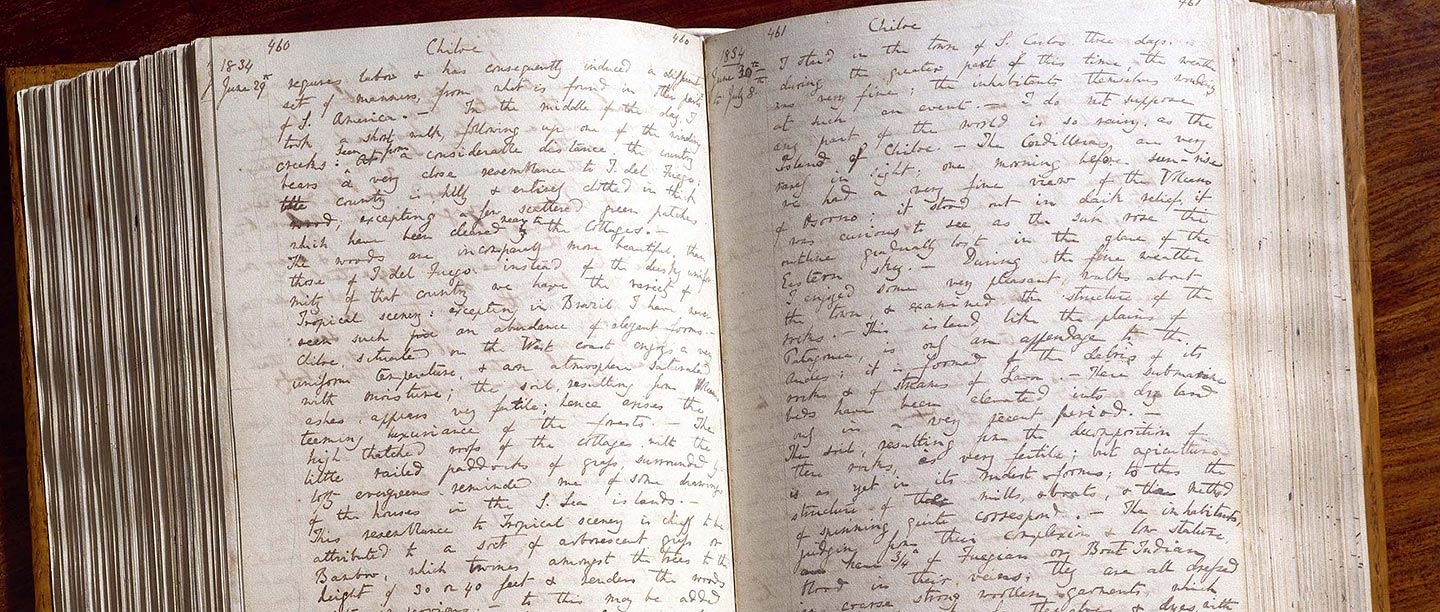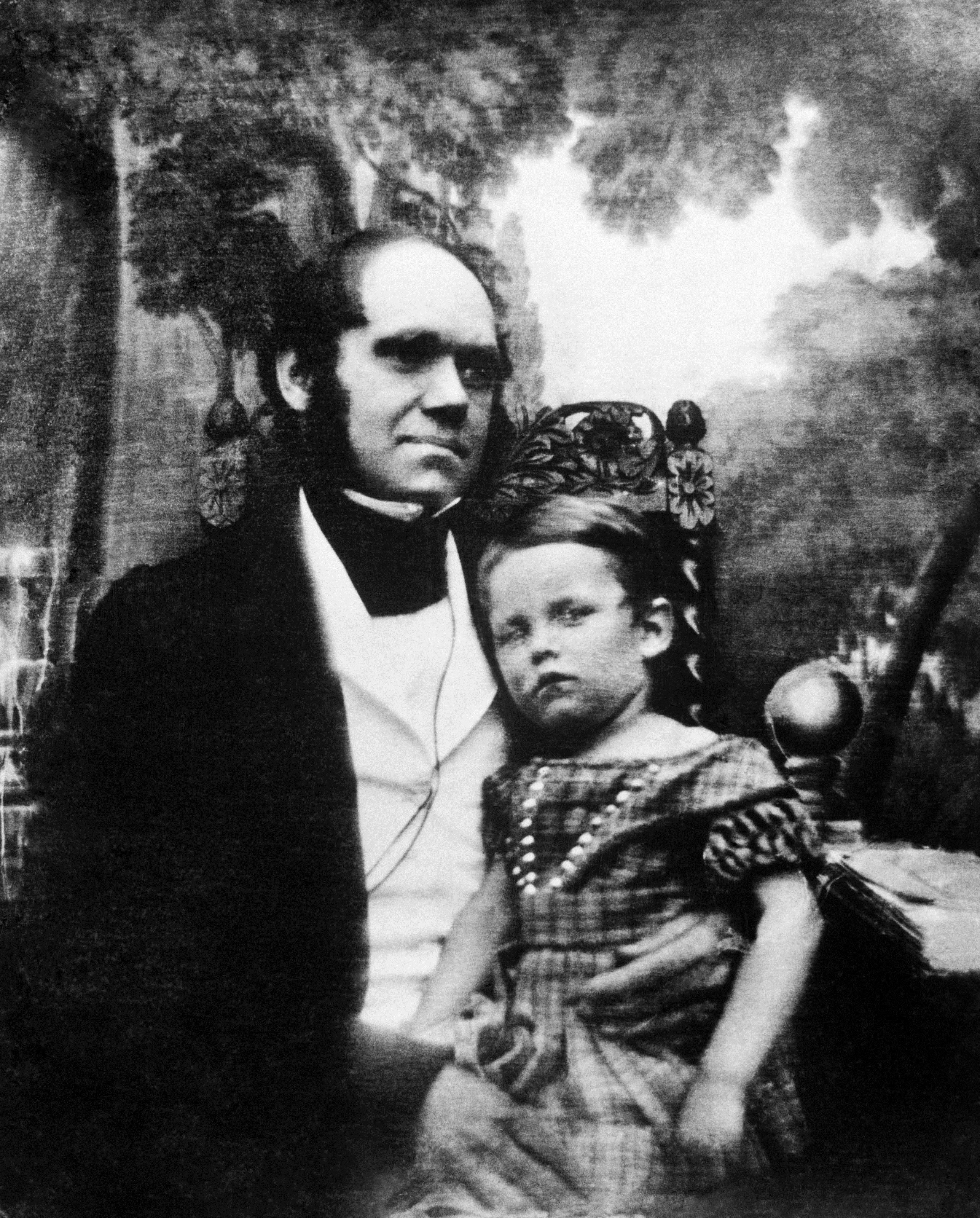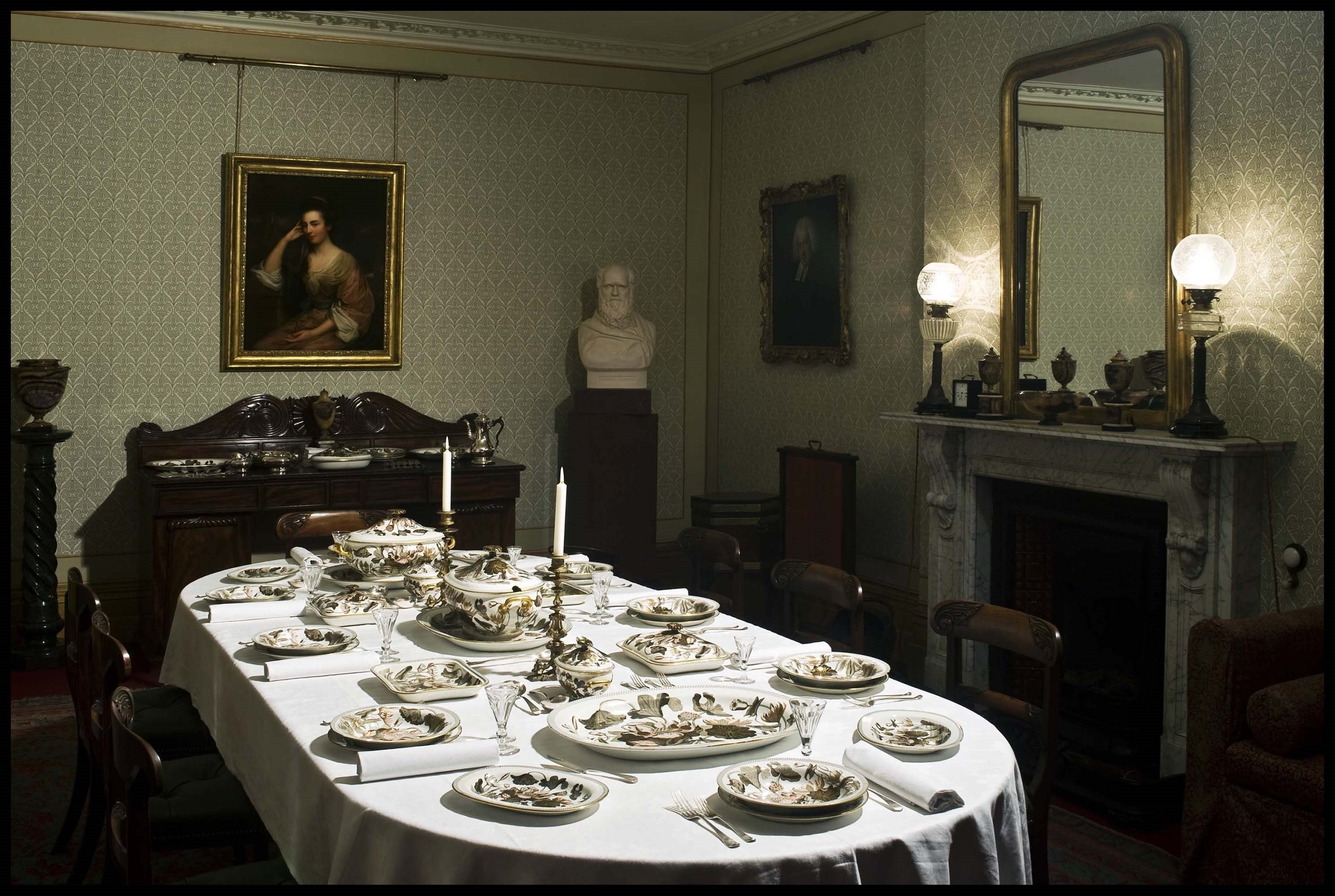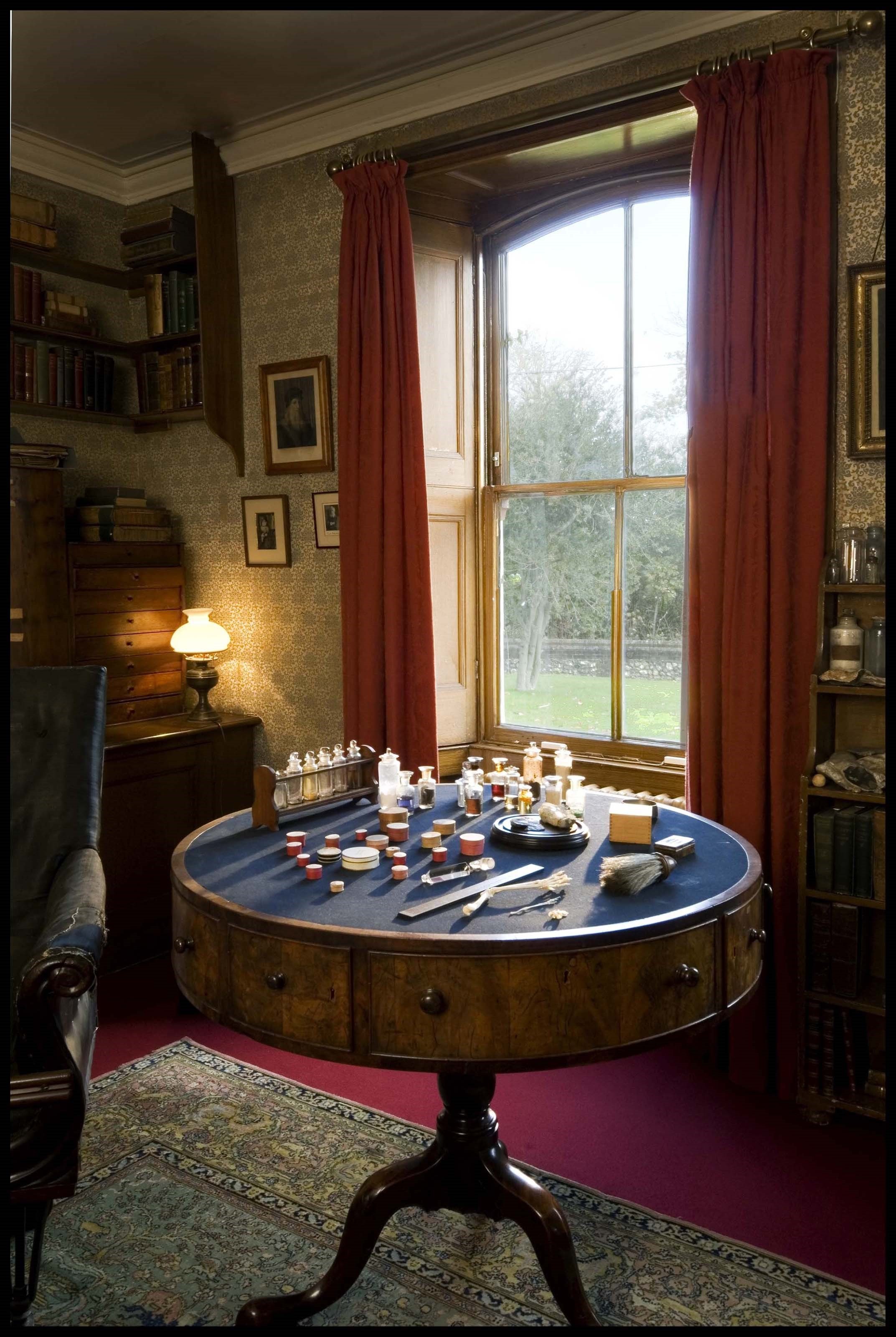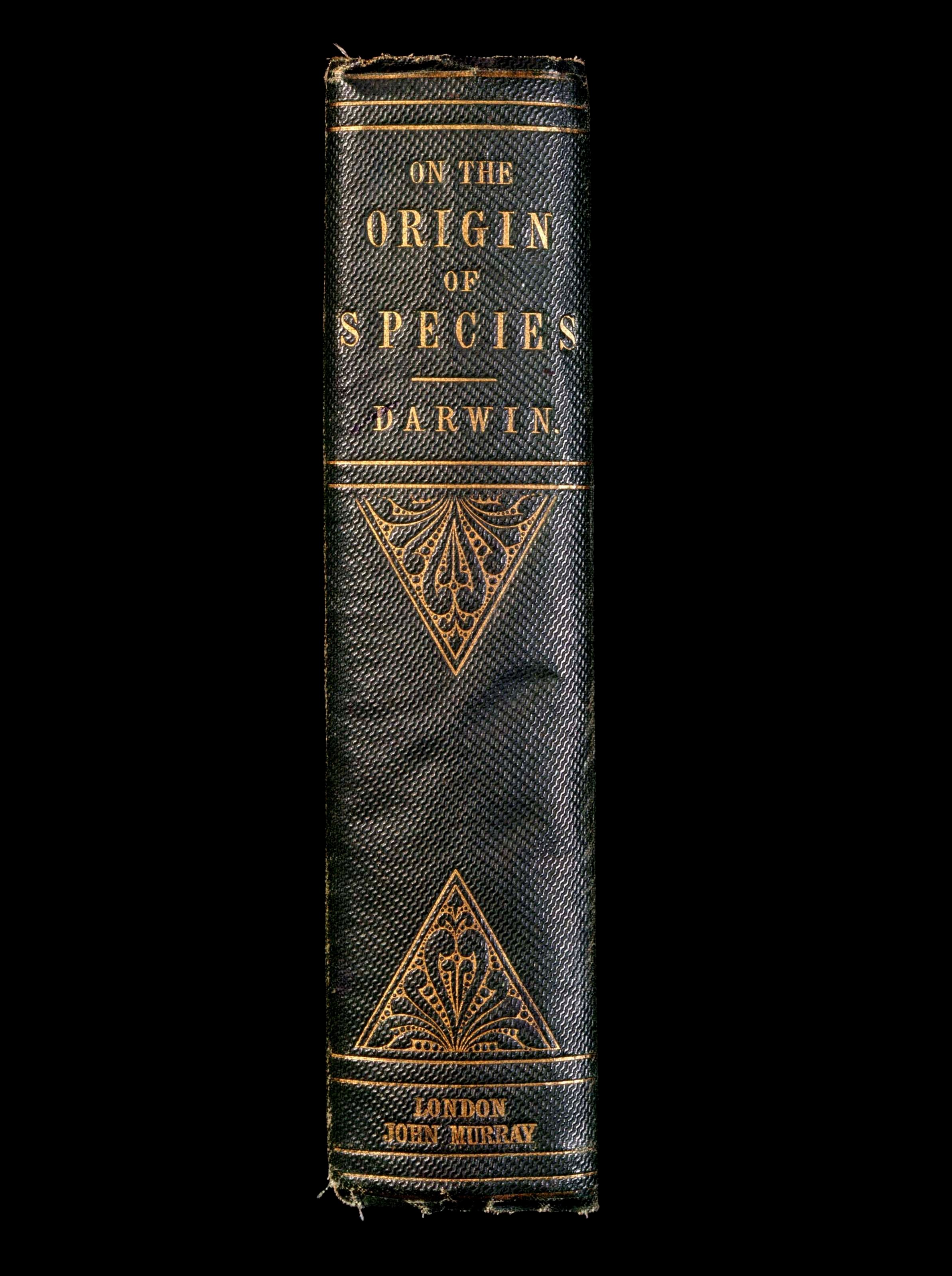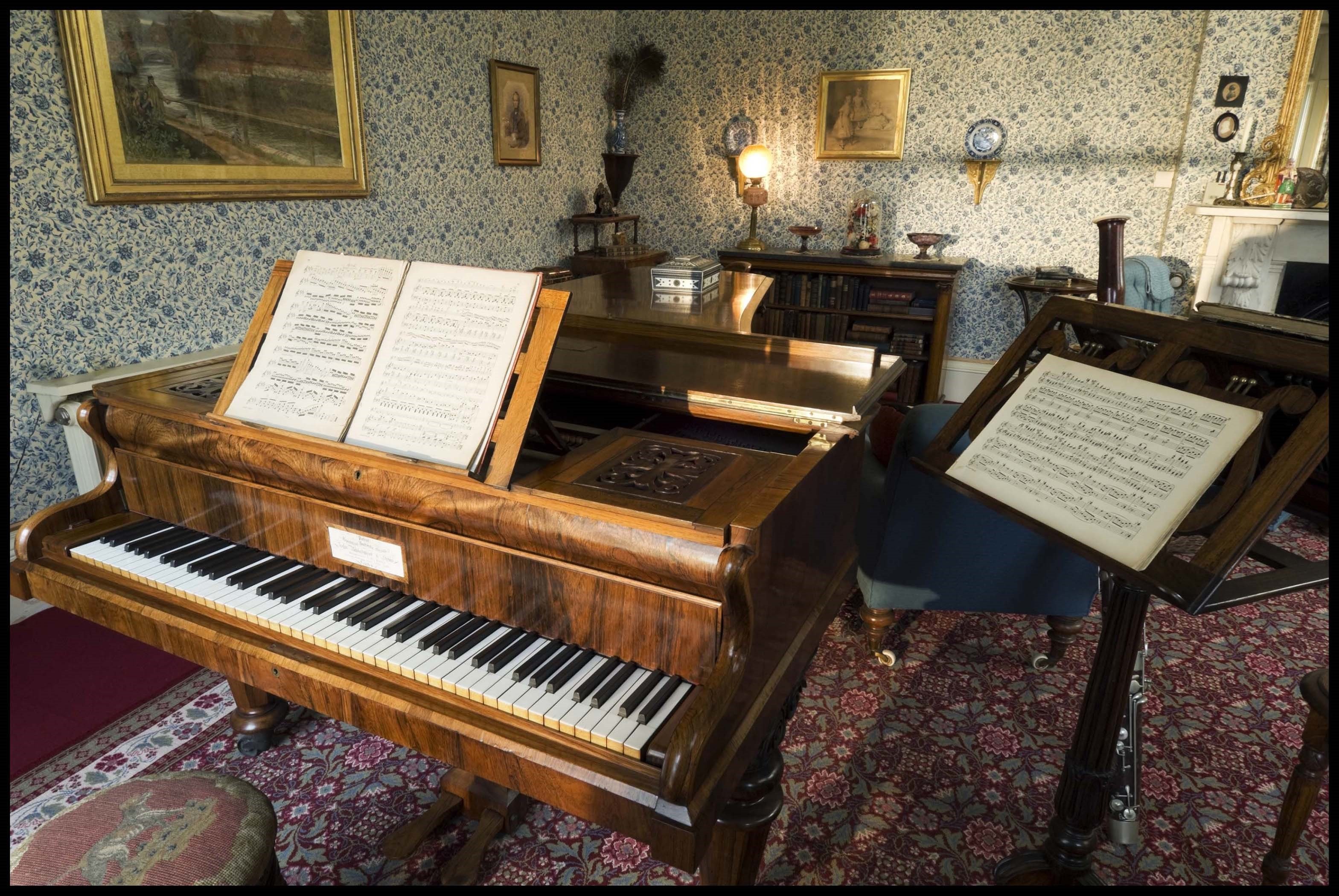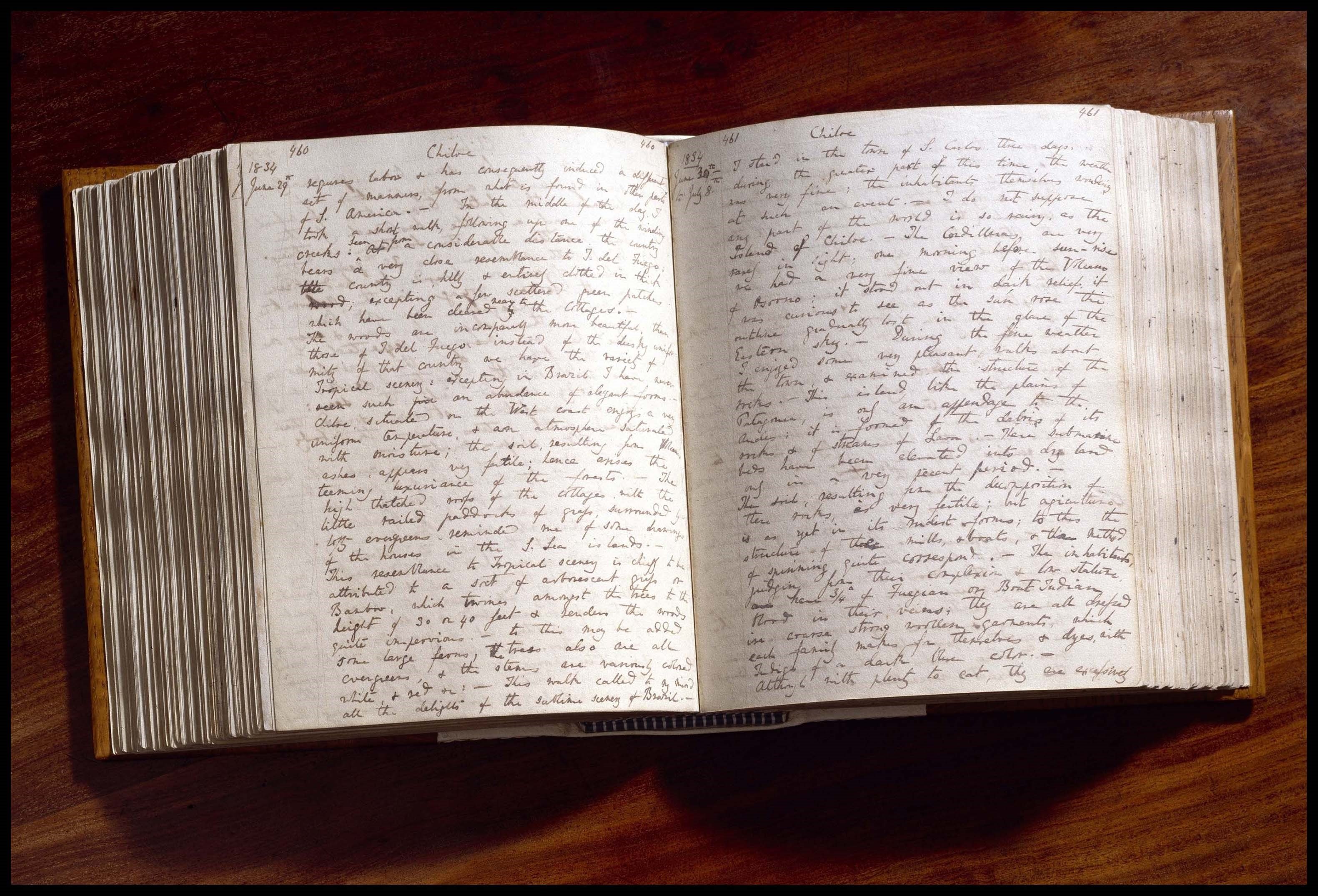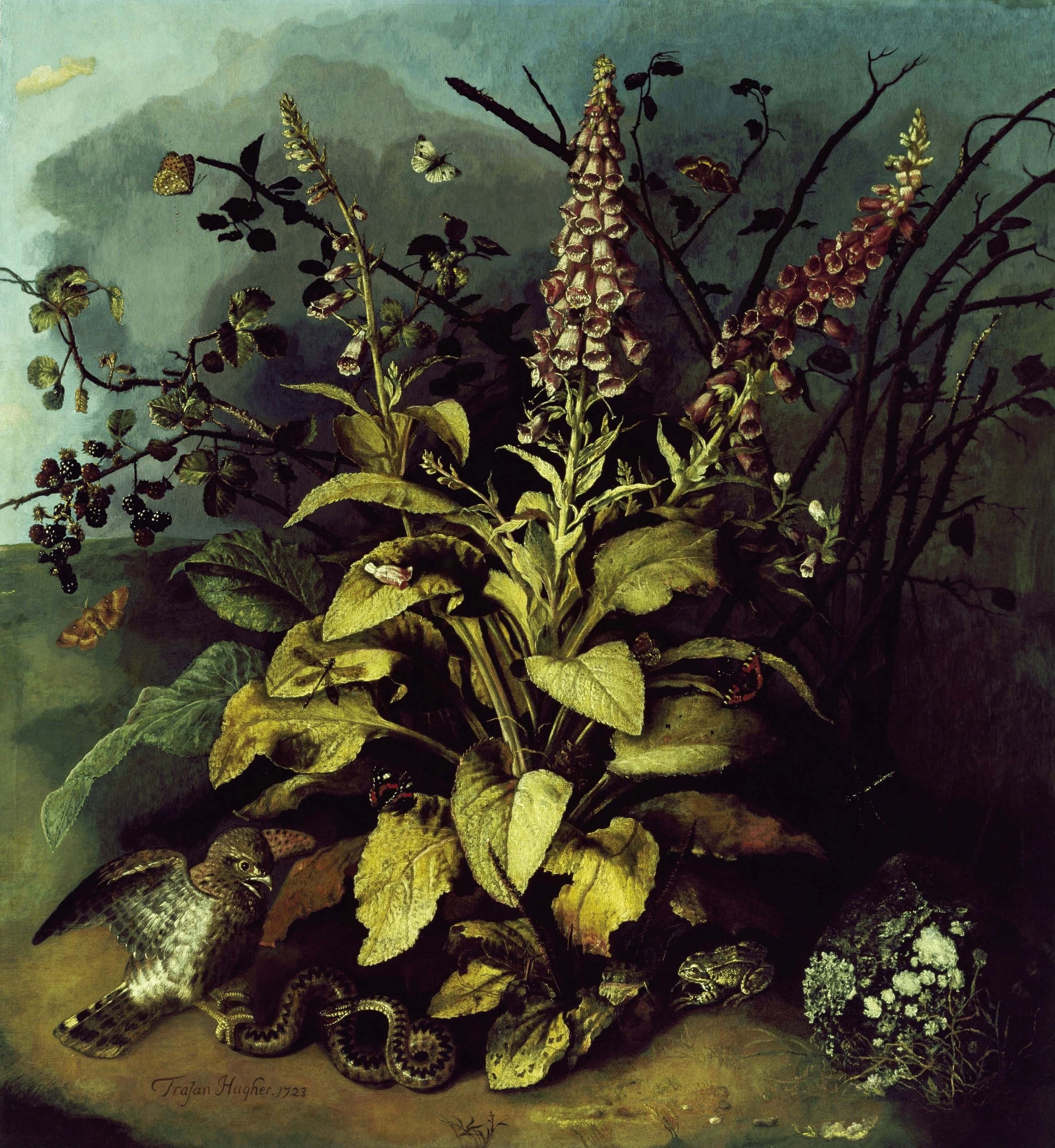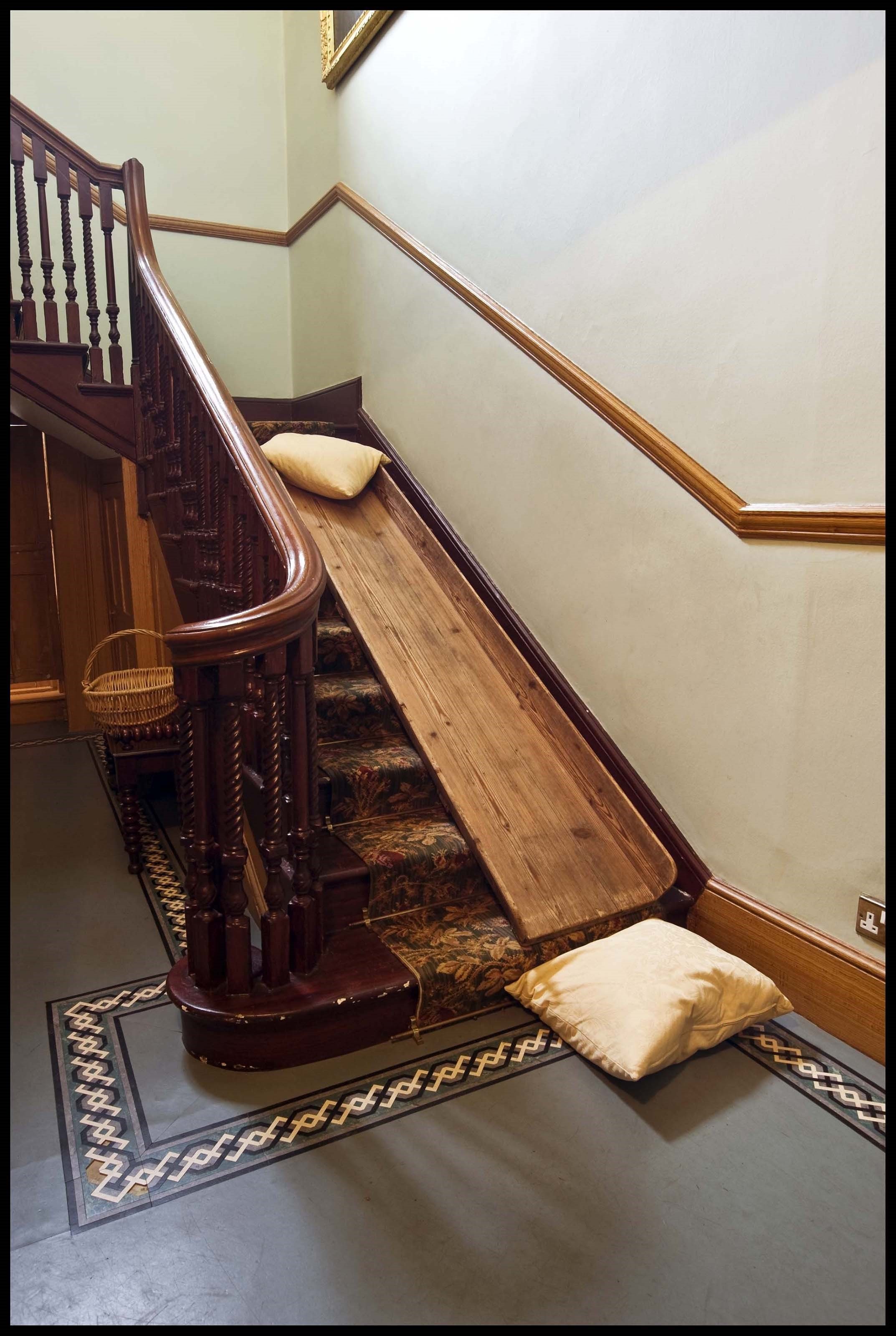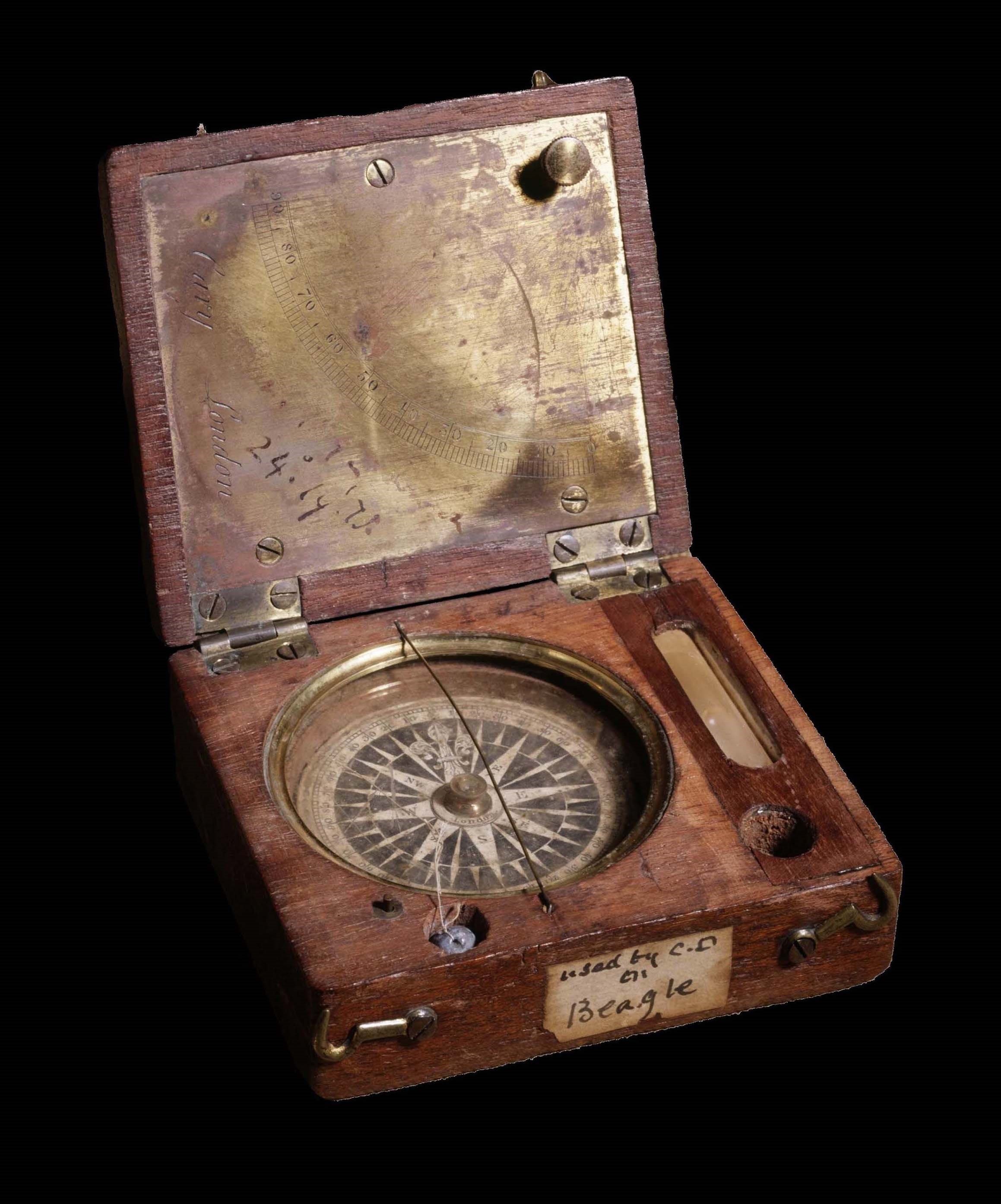Charles Darwin’s life and career are also represented by the extensive array of personal artefacts and scientific paraphernalia that form the Down House collection. These include an assortment of instruments and notebooks from his Beagle voyage, various specimens from his studies at Down, and correspondence between Darwin, his family and friends. All of these help to form a valuable insight into a fascinating individual and his family.
English Heritage have collaborated with the Darwin Correspondence Project at Cambridge University Library to digitise three important collection items: two lavish albums containing photographs of scientists and naturalists in the Netherlands and Germany, which were presented to Darwin on his 68th birthday in 1877, and a photograph of another admirer, the Bohemian engineer Carl Kraus, who sent the image to Darwin on his 69th birthday in 1878.
